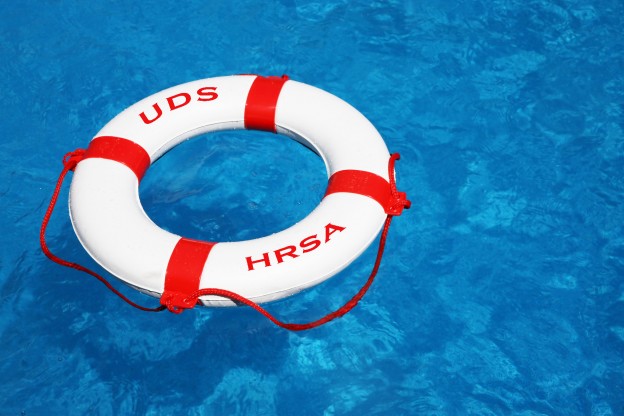Posted By Hope Alfaro On January 31, 2017
Check your Tables: Common UDS Reporting Mistakes

For HRSA Funded Federally Qualified Health Centers (FQHC) and Look-Alikes (FQHC-LA) who received their grants before October 2016, it is time to start filing your annual Uniform Data System (UDS) reports for the 2016 service year. The first due date for UDS is February 15, 2017 (although they are sometimes flexible with this date) and the review period ends on March 31st, when no further changes to the data can be made. As with any major grant reporting, UDS comes with its own set of nuances that can cause some stress and confusion, especially for new grantees.
Make sure you look out for these common UDS slip ups in 2016:
-
Table 9D: Patient-Related Revenue
This table is the most common location for UDS mistakes and extra time taken with your reviewer. This year will be no different. In this table, you will report charges, collections, and payments including self-pay sliding discounts and bad debt write-off. While all of the tables are important, this table is especially key to UDS because it shows where all of your payments are coming from, including Medicaid, Title X, and private insurance. This table will likely be where you spend the most time during the review period, but you should check your data early to try and avoid additional work after February 15th.
-
Having the right e-CQMs
Each year, the Centers for Medicare and Medicaid Services (CMS) makes updates to the electronic specifications of the Clinical Quality Measures approved for submission in CMS programs. The electronic Clinical Quality Measures (eCQMs) consist of codes and terms drawn from standard vocabularies such as SNOMED CT®, RxNorm, and ICD-10-CM to represent the clinical concepts found in EHR patient data as defined by the eCQMs (e.g., patients with diabetes, clinical visit). It is important to check with your EHR vendor to ensure compliance with the most recent eCQMs to ensure you are tracking and reporting on the correct data for this and future reporting years. The most recent addendum to the 2016 eCQM specifications was released this month.
-
“Does this Count?”
Often definitions for UDS tables aren’t as cut and dry as we would like them to be. For instance – for Full-Time Equivalent (FTE) calculations, you report all staff including employees, residents, interns, volunteers and contractors. You will not, however, report paid referral providers if they are working on a fee-for-services basis, but you should count their visits and patients. It is always a good idea to recheck your UDS manual if you are unsure if a patient or services should be counted in your reports and never assume.
It is always better to work with a team when gathering your data for UDS reporting. While your billing expert may be the best source for the financial reporting tables, having a clinical team member available for clinical quality measures can ensure that data isn’t looked over. Check for local UDS trainings in your state to ensure you have the most up-to-date changes and information for the 2016 reporting year. Also, it is good to make sure your EHR vendor is equally up-to-date on eCQMs and reporting requirements for this year. Having easier reporting options and a flexible vender-partner will take away some of the stress that comes along with reporting and make for a more pleasant UDS reporting experience. You will want to be able to access and review your data before submitting instead of having data handed to you by a third party right before the deadline.
For more information on UDS Reporting and a PDS of the current UDS Manual, visit the HRSA UDS Resource page
For the newest eCQMs –